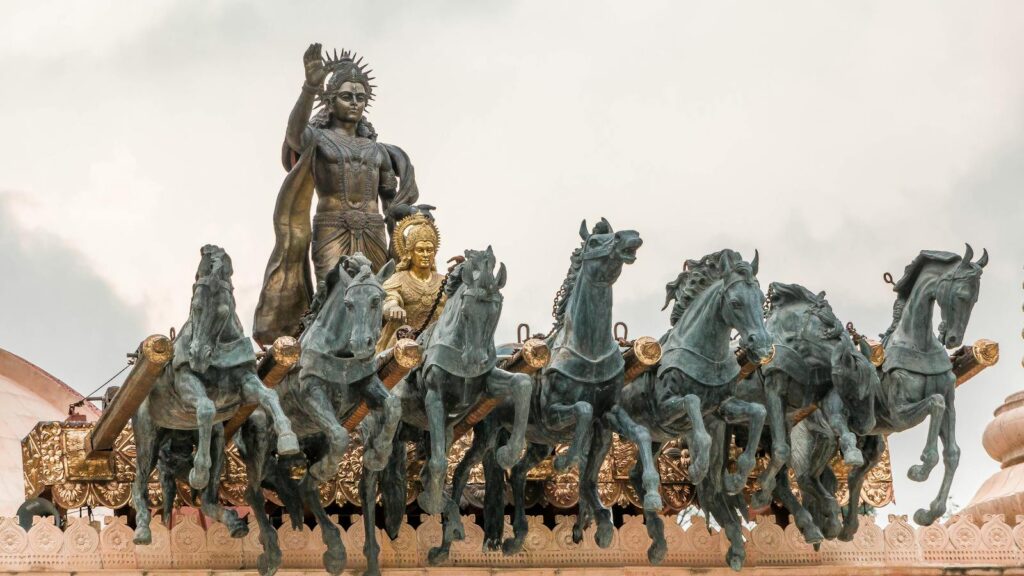In the tapestry of ancient Hindu traditions, certain animals have held profound symbolic and sacred significance throughout history. Among these revered creatures, the horse stands as one of the most venerated animals in Hindu mythology and ritual practices. Horses gallop through ancient Hindu texts, appearing in epic tales, sacred ceremonies, and divine iconography. Their symbolism transcends mere utility, embodying cosmic forces, divine attributes, and spiritual connections that have shaped Hindu religious thought for millennia. This exploration delves into the multifaceted reasons why horses were considered sacred in ancient Hindu beliefs, revealing how these majestic creatures became intertwined with the spiritual fabric of one of the world’s oldest living religions.
The Horse in Vedic Literature
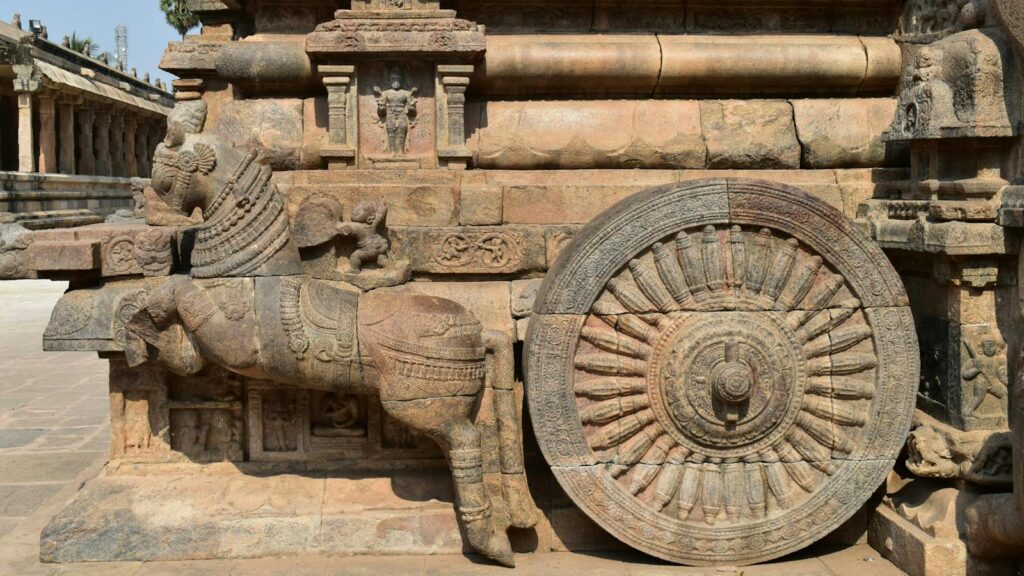
The earliest references to horses in Hindu tradition appear in the Vedas, ancient sacred texts dating back to approximately 1500-1200 BCE. In these foundational scriptures, horses are mentioned with remarkable frequency, appearing in over 200 hymns within the Rigveda alone. The Sanskrit word “ashva” (horse) is etymologically connected to speed and movement, reflecting the horse’s admired qualities of swiftness and power. Vedic hymns praise horses as divine gifts, with several dedicated specifically to horse deities or divine steeds of the gods. These ancient texts established the horse not merely as a useful animal but as a creature with inherent spiritual significance that would carry forward into later Hindu traditions.
Ashvamedha: The Sacred Horse Sacrifice

Perhaps the most profound expression of the horse’s sacred status in ancient Hinduism was the Ashvamedha yagna, or horse sacrifice ritual. This elaborate royal ceremony, described in detail in texts like the Yajurveda and the Shatapatha Brahmana, was performed by kings to establish and expand their sovereignty. For a full year, a specially chosen stallion would roam freely across territories, followed by the king’s armies who would challenge any ruler who attempted to stop the horse. After the year-long journey, the horse would return for a complex three-day sacrificial ritual involving hundreds of participants and elaborate procedures. While controversial from modern perspectives, this ceremony reveals the central importance of horses in ancient Hindu concepts of royal power, territorial expansion, and divine sanction.
Horses as Solar Symbols
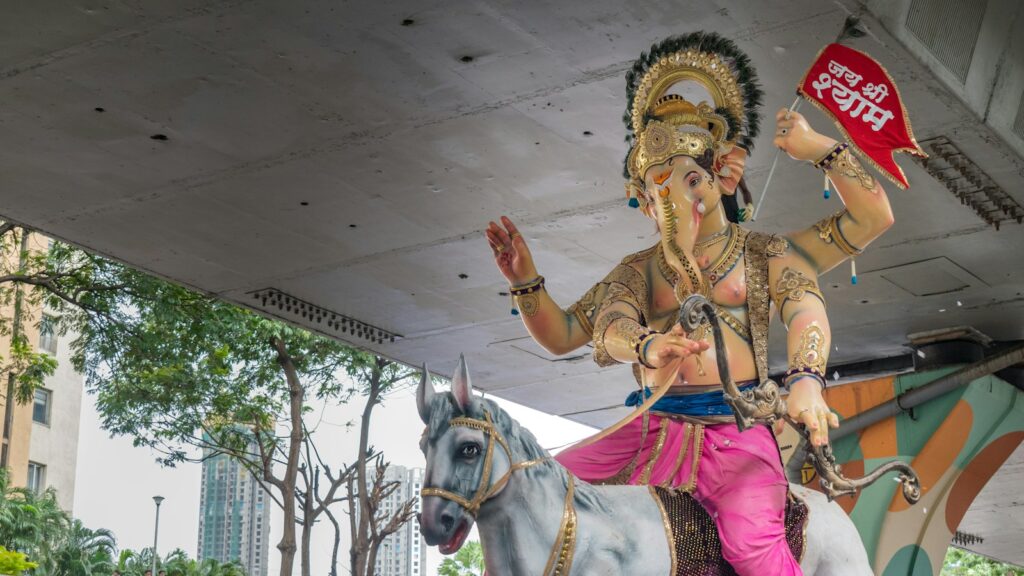
In Hindu cosmology, horses maintain a powerful connection to solar symbolism and are frequently associated with the sun god Surya. The Vedas describe Surya traversing the sky in a chariot pulled by seven horses, representing the seven days of the week and the seven colors of the rainbow. These divine steeds were believed to possess supernatural speed, enabling them to carry the sun across the heavens each day. The connection between horses and solar energy established them as creatures of light, warmth, and life-giving forces in Hindu thought. This symbolic association elevated horses beyond ordinary animals, positioning them as cosmic beings participating in the fundamental rhythms of the universe.
Divine Horse Avatars

The appearance of horses in divine forms further cemented their sacred status in Hindu tradition. One of the most significant horse manifestations is Hayagriva, the horse-headed avatar of Lord Vishnu, revered as the god of knowledge and wisdom. According to various Puranic texts, Hayagriva emerged to restore the Vedas when they were stolen by demons, using his divine knowledge to preserve sacred wisdom. Another significant horse figure is Uchchaihshravas, the seven-headed divine horse that emerged during the samudra manthan (churning of the cosmic ocean) and became the mount of Indra, king of the gods. These divine horse forms represented not just physical might but intellectual and spiritual power, demonstrating the horse’s multidimensional significance in Hindu thought.
Horses as Psychopomps and Death Symbols
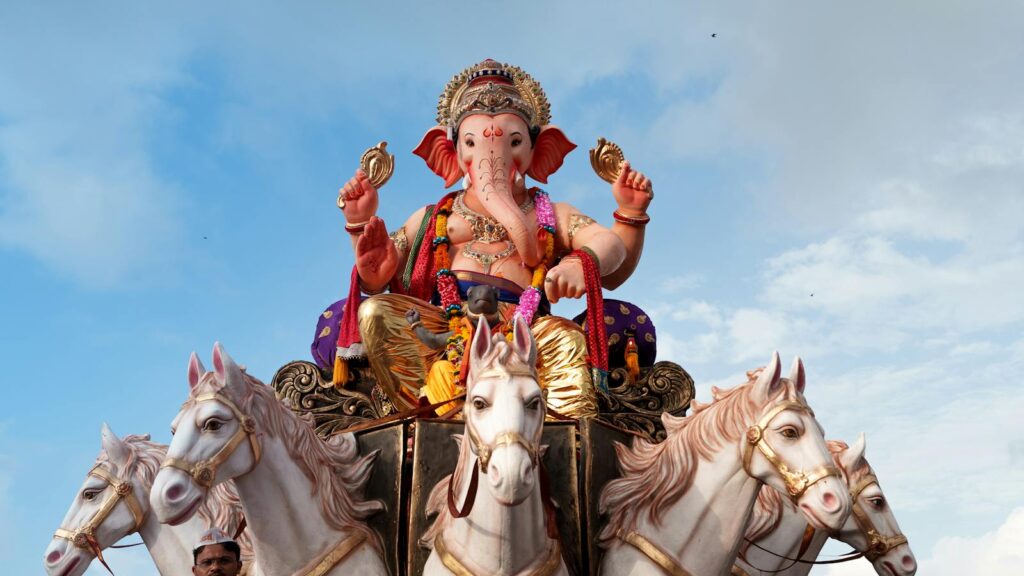
In Hindu eschatology, horses also served as important symbols connected to death and the afterlife. Ancient texts describe horses as psychopomps—creatures that guide souls between the worlds of the living and the dead. The Brihadaranyaka Upanishad contains a famous passage comparing the human body to a cosmic horse, creating parallels between bodily parts and cosmic principles to illustrate the interconnection between microcosm and macrocosm. In funeral rites described in various texts, horses played symbolic roles in conveying the deceased to the afterlife. This connection to death and transcendence gave horses a liminal quality in Hindu thought, positioning them as creatures that could traverse different planes of existence.
Horses in Hindu Epics
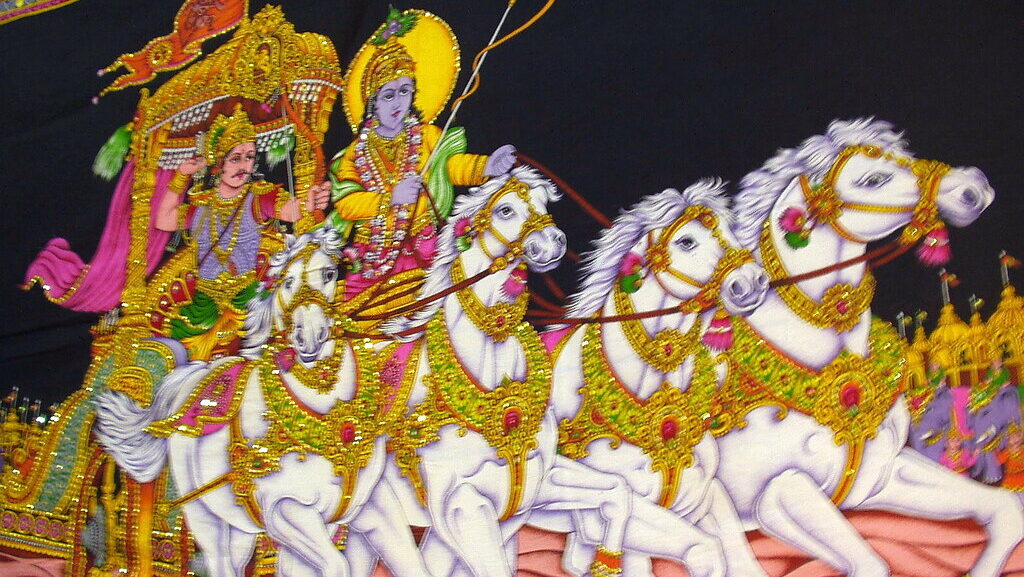
The great Hindu epics, the Ramayana and Mahabharata, feature horses prominently, further reinforcing their sacred status through narrative tradition. In the Mahabharata, the divine charioteer Krishna guides Arjuna’s chariot pulled by four white horses named Saibya, Sugriva, Meghapushpa, and Balahaka, who possess supernatural abilities and intelligence. The epic also contains detailed descriptions of the Ashvamedha performed by the Pandavas to establish their kingdom after the great war. In the Ramayana, Lord Rama’s father Dasharatha is described as an expert horseman, and horses feature in many royal processions and battles throughout the text. These epic portrayals reinforced the association between horses, royalty, warfare, and divine presence, embedding horse symbolism deeply within Hindu cultural consciousness.
The White Horse in Hindu Prophecy
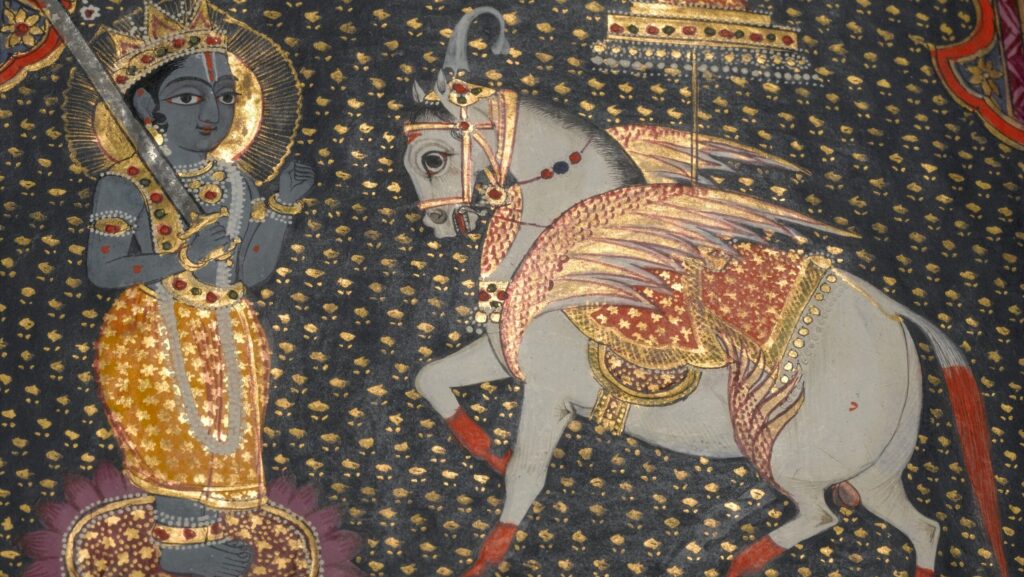
The concept of Kalki, the tenth and final avatar of Vishnu, features prominently in Hindu eschatological beliefs and further elevates the horse’s sacred status. According to prophecies in texts like the Vishnu Purana and Kalki Purana, Kalki will appear at the end of the Kali Yuga (the current age) riding a magnificent white horse, carrying a blazing sword to defeat evil and restore dharma (cosmic order). This apocalyptic figure is often depicted as a warrior on horseback, emphasizing the horse’s role in divine justice and cosmic renewal. The white horse of Kalki represents purity, swiftness, and spiritual power, qualities considered essential for the final battle against adharma (unrighteousness). This prophetic tradition has kept the horse symbolism relevant in Hindu thought through the centuries, connecting ancient reverence with future spiritual expectations.
Horses and Hindu Royalty

Beyond religious texts and rituals, the horse held immense practical importance for Hindu royalty and nobility, further enhancing its sacred associations. Throughout Indian history, horses were considered the supreme royal mount, symbolizing the king’s power, mobility, and martial prowess. Royal stables were often maintained as sacred spaces, with elaborate rituals performed for the care and blessing of royal horses. Historical records describe how Hindu kings would perform special pujas (worship ceremonies) for their war horses before battle, decorating them with auspicious symbols and protective amulets. The profound connection between kingship and horses reinforced their sacred status, as the animal became simultaneously a practical tool of governance and a symbol of divinely sanctioned authority.
Horses in Hindu Temple Architecture
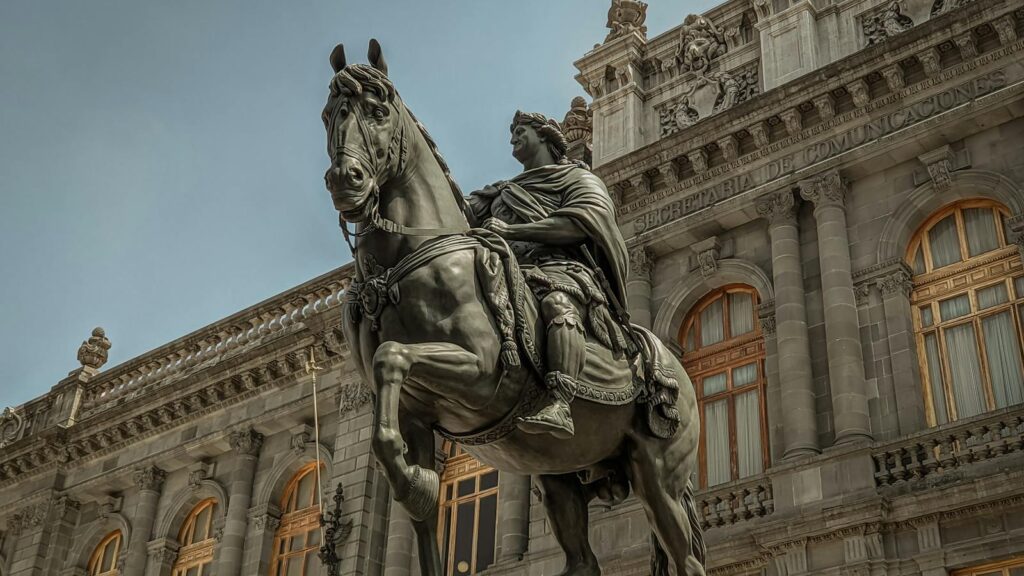
The sacred status of horses in Hindu tradition is literally carved in stone, appearing extensively in temple architecture across India. Horse motifs adorn temples from Kashmir to Kanyakumari, appearing on pillars, walls, and gateways of sacred structures. Particularly notable are the horse sculptures at the Sun Temple in Konark, Odisha, where massive stone horses appear to pull the temple designed as Surya’s chariot. Many temples feature narrative friezes depicting scenes from the epics where horses play prominent roles in battles and royal processions. The Airavatesvara Temple in Tamil Nadu contains famous “musical pillars” shaped like prancing horses that produce different notes when struck. These architectural representations demonstrate how deeply the sacredness of horses was embedded in Hindu visual culture and religious expression.
Regional Horse Deities in Folk Hinduism
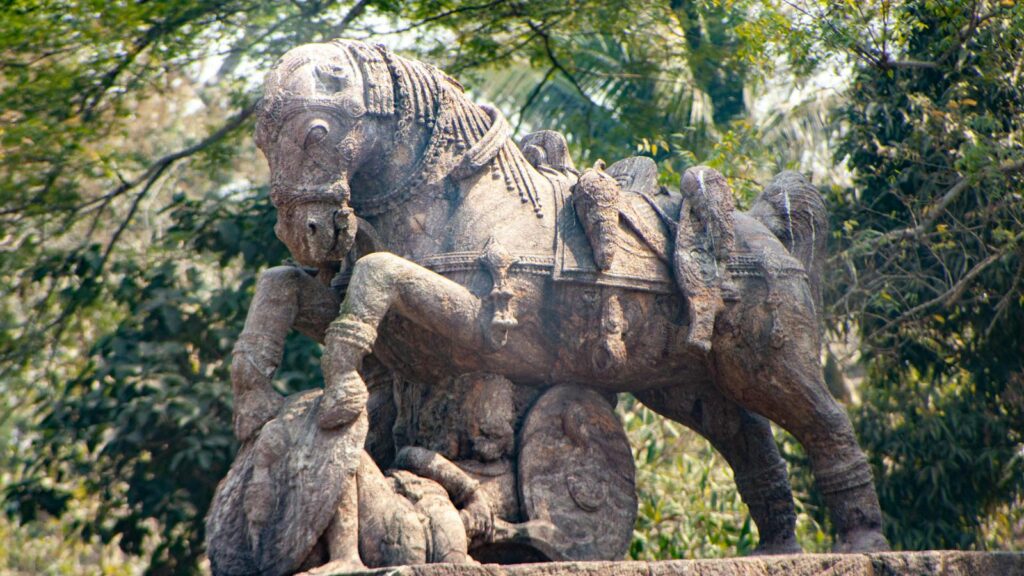
Beyond the pan-Hindu traditions found in classical texts, numerous regional and folk traditions across India developed specific horse deities and rituals that reflected local cultural adaptations of horse reverence. In Rajasthan and Gujarat, the folk deity Ramdev is often depicted riding a horse and is worshipped as a protector and miracle worker. Maharashtra venerates Khandoba, a form of Shiva, who rides a white horse and is considered a guardian deity by many communities. In Tamil Nadu, terracotta horse offerings known as “Aiyanar horses” are created as votive gifts to village guardian deities who are believed to patrol boundaries on horseback. These regional traditions demonstrate how the sacredness of horses in Hinduism adapted to local contexts, creating distinctive expressions of devotion while maintaining the core association between horses and divine power.
Astrological Significance of Horses
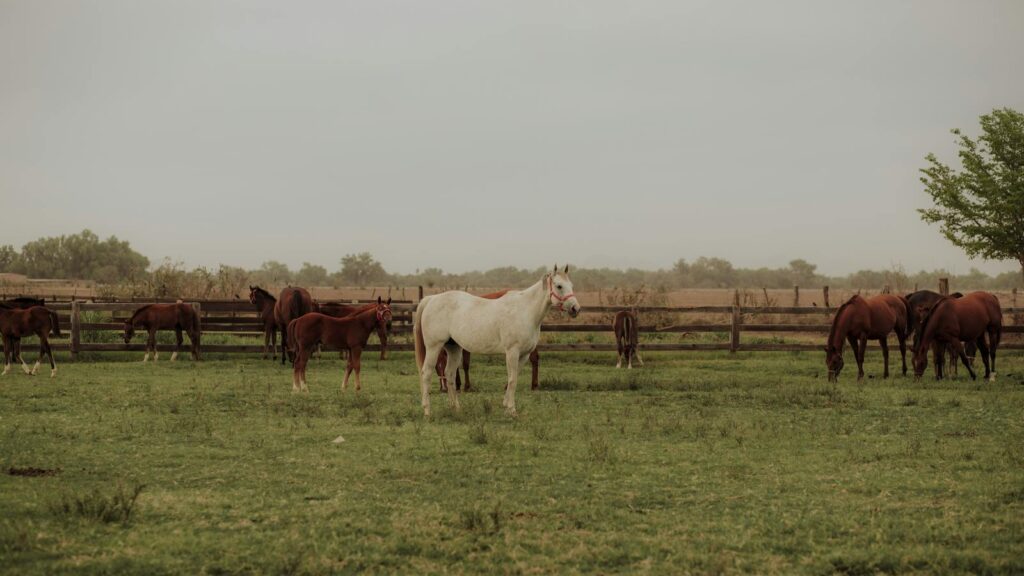
Hindu astrology (Jyotisha) incorporates horse symbolism in ways that further reinforce the animal’s sacred associations. In traditional Hindu zodiac interpretations, certain planetary alignments and constellations are associated with horse imagery or horse-like qualities. The seventh nakshatra (lunar mansion) Ashwini is represented by twin horsemen, the Ashwini Kumaras, who serve as divine physicians in Hindu mythology. Those born under this nakshatra are believed to inherit qualities associated with horses: swiftness, strength, and reliability. Astrological texts describe certain planetary combinations that create the powerful “Ashwa Yoga,” believed to grant the native qualities of leadership and victory similar to a powerful horse. These astrological associations kept the horse symbolism relevant in the everyday spiritual lives of Hindus through divination practices and birth chart interpretations.
The Horse in Ayurvedic Tradition
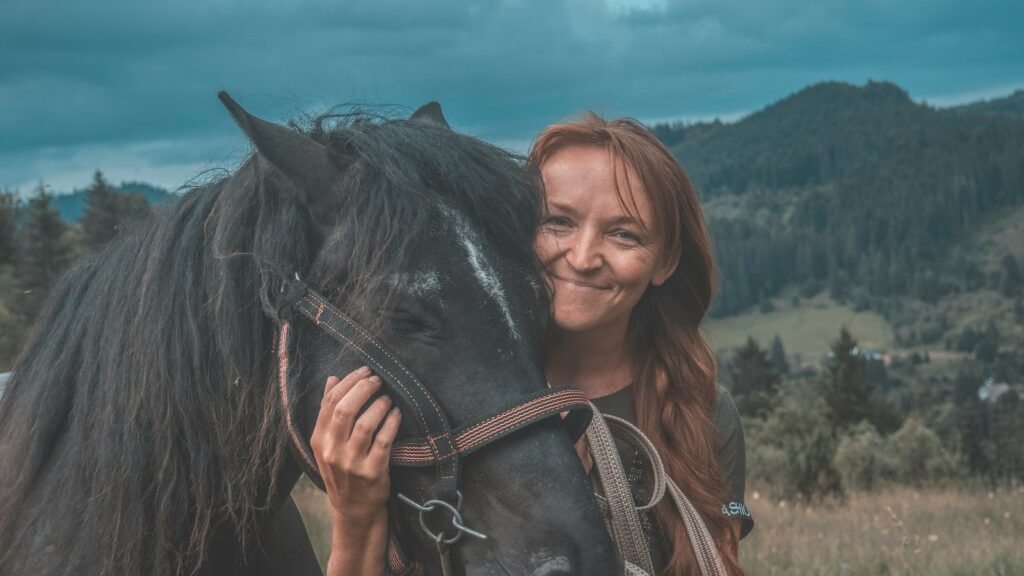
Within the ancient Hindu medical system of Ayurveda, horses contributed both symbolically and practically to healing traditions. Several important Ayurvedic preparations historically used products derived from horses, particularly in treatments considered purifying or strengthening. Ancient veterinary texts like the Ashva Ayurveda, attributed to Salihotra, contain detailed knowledge about horse care, breeding, and treatment, demonstrating the cultural importance placed on understanding these sacred animals. Ayurvedic texts often use horse metaphors to describe bodily energies, comparing certain bodily functions to the movement and power of horses. The preservation of this specialized knowledge about horses within the Ayurvedic tradition reflects their cultural importance beyond religious contexts, extending into the practical domains of healthcare and animal husbandry.
Modern Continuations of Horse Reverence

Though many ancient horse rituals have been discontinued, reverence for horses continues in modified forms in contemporary Hindu practice. During certain festivals like Sankranti in southern India, small horse effigies made of sugar are offered in temples as prasad (blessed food). The festival of Ghode Jatra in Nepal features horse races and displays that honor the ancient connections between horses, kingship, and spiritual power. In many temple processions across India, wooden horse structures are used to carry deity images during festivals, symbolically continuing the ancient association between divine presence and equine movement. These modern adaptations demonstrate the remarkable resilience of horse symbolism in Hindu tradition, evolving to meet changing social conditions while maintaining connections to ancient beliefs about these sacred animals.
conclusion
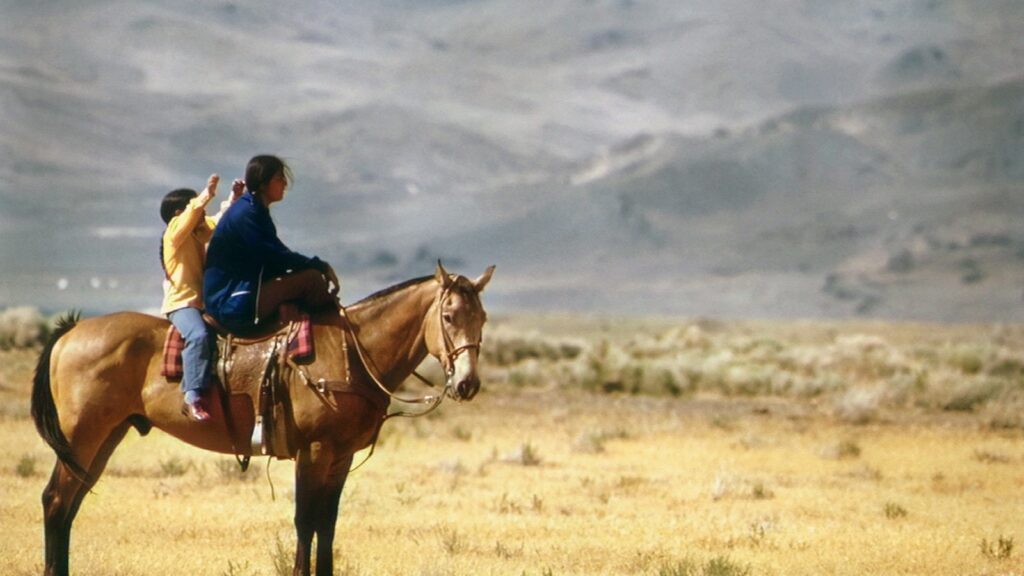
The profound and multifaceted sacredness of horses in ancient Hindu belief reflects the complex integration of practical importance, symbolic meaning, and spiritual significance that characterized Hindu approaches to the natural world. From cosmic symbols to royal power, from divine manifestations to psychopomps, horses galloped across the Hindu imagination, leaving profound hoofprints on religious thought and practice. While modern Hinduism has naturally evolved beyond many ancient horse-centered rituals, the symbolic legacy of the sacred horse continues to influence Hindu iconography, festival practices, and cultural memory. This enduring reverence demonstrates how deeply the relationship between humans and horses was woven into the spiritual fabric of one of humanity’s oldest continuous religious traditions.

